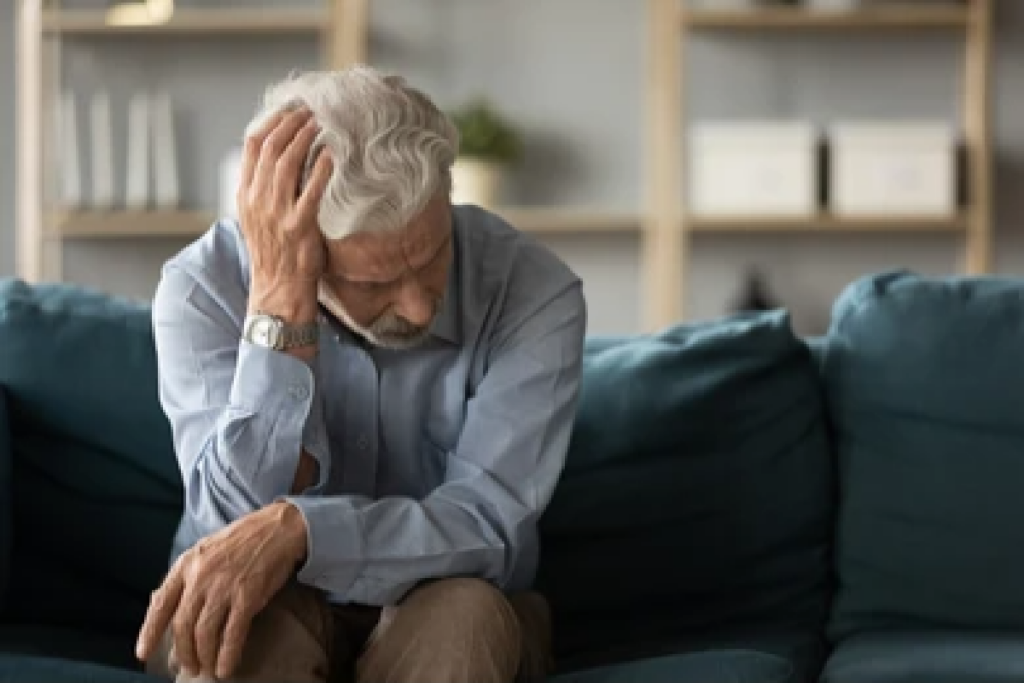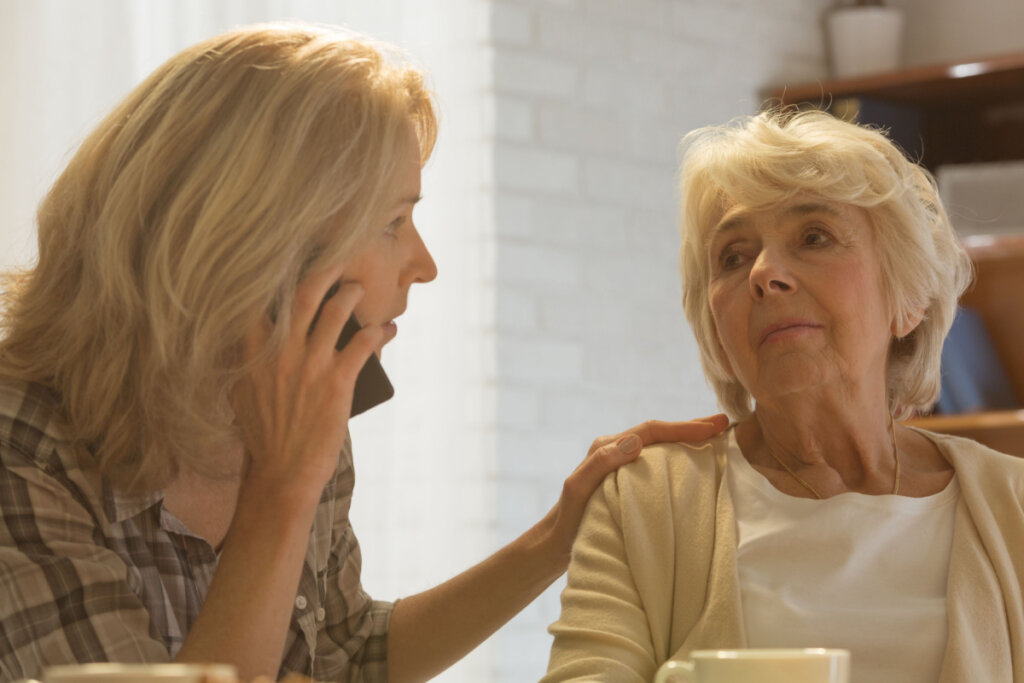Detecting Loneliness in the Elderly


Written and verified by the psychologist Gorka Jiménez Pajares
Have you ever felt alone, wishing that someone was with you? Have you experienced the emptiness of loneliness and the sadness and frustration that comes from knowing you’re alone?
As a matter of fact, loneliness is an emotion that’s increasingly present in society today. Moreover, it affects the elderly population in a particular way. In this article, we’re going to talk about detecting loneliness in the elderly and how to prevent it.
Being alone isn’t the same as feeling alone. Being alone can be the kind of solitude you actively seek when you need to disconnect from the world around you in order to reconnect later. Then, there’s the other kind that’s imposed and not sought. It saddens, depresses, isolates, and slows you down.

Loneliness
Loneliness is a situation. This might sound strange as we tend to think of loneliness as an emotion, but it’s true. However, it’s a complex situation in which there’s the influence of a multitude of risk factors.
These risk factors increase the probability of experiencing loneliness. In addition, risk factors also accentuate the intensity of the emotion of loneliness when it establishes itself in the sufferer’s body.
La Consejería de Igualdad, Políticas Sociales y Conciliación (The Ministry of Equality, Social Policies and Conciliation) of Andalusia (Spain) claims that the risk factors affecting loneliness can be classified into three axes:
- Personal factors. These refer to issues such as gender, personality traits, educational and socioeconomic levels, or health status.
- Family factors. This is particularly relevant when family relationships are bad or deficient. The empty nest syndrome is included here, the experience that occurs when adult children leave the family home.
- Contextual factors. The current situation. For example, leaving the labor market due to retirement, having a limited social network, or a lack of enjoyable activities.
In addition, those who care for others are also at risk of loneliness. That’s because their situation can generate feelings of isolation in them.
Identifying loneliness in the elderly
There’s a tool that can help identify loneliness in the elderly. It’s the ESTE II scale for measuring loneliness. With this scale, loneliness can be detected and assessed in various areas:
Family loneliness
They say we choose our friends but not our family. However, strong, rich, and nurturing family ties can act as a cushion against loneliness. To detect loneliness in this area, you should ask the person.
- How often do you feel like there’s nobody around?
- Are you close to your family?
- Do you feel like you’re part of a family?
- Do you care about your family and do they care about you?
Unfortunately, today, it’s increasingly the case that children forget about their parents. Why does this happen? Sometimes, it’s due to an emotional need on the part of the children which means they feel the need to sever the bond with their parents. Whatever the case may be, these behaviors can generate feelings of frustration and despair that further feed the emotions of loneliness in the elderly.
Marital loneliness
Lacking a partner in the last stages of life can be hard. Therefore, it can play a role in loneliness. To detect this kind of loneliness in the elderly, you should ask questions like:
- Do you feel like you have someone to share your life with?
- Do you have a romantic partner who gives you the support and encouragement you need?
- Is there someone to fill your emotional needs?
Marital loneliness can also appear after the loss of a loved one. In this case, loneliness is aggravated by the grieving process and may require special attention and care.
Most likely, it’ll be necessary to pay more attention to an elderly relative if they’re coming to terms with the loss of their partner.

Social loneliness
Perceived social support is linked more to what we believe than what we have. In fact, a person with a wide and rich social network and many friends can feel extremely lonely. Some questions contained in the ESTE II scale to ask in this regard are:
- Do you have someone you can talk to about your everyday problems?
- Are your friends or family around when you need them?
- Do you think you have people who care about you?
- At night, do you feel alone?
Finally, the importance of knowing that they have support is more related to the perception and assessment that they make of their situation than to the number of friends they may have.
“Loneliness is the sad conviction of being excluded, of not having access to the world of interactions. It’s a condition of emotional discomfort that arises when a person feels misunderstood or rejected by others or lacks company for desired activities, both in the physical sense, as intellectuals, or to achieve emotional intimacy”.
-Madoz-
All cited sources were thoroughly reviewed by our team to ensure their quality, reliability, currency, and validity. The bibliography of this article was considered reliable and of academic or scientific accuracy.
-
Psicólogos, D. C. O. de. (s. f.-c). Protocolo para la detección de la soledad no deseada en personas mayores. www.infocoponline.es. https://www.infocop.es/view_article.asp?id=22440
This text is provided for informational purposes only and does not replace consultation with a professional. If in doubt, consult your specialist.








